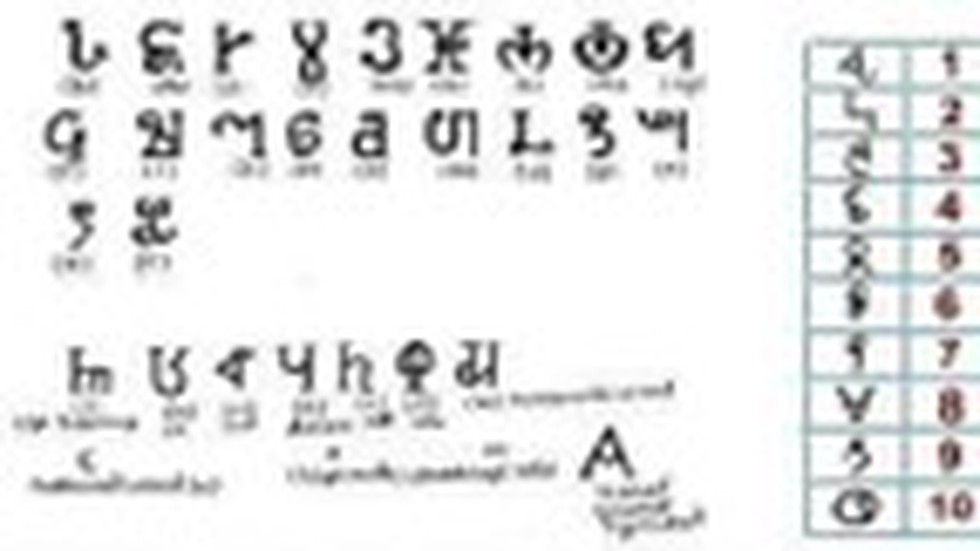
About Kokborok Language:
- Kokborok is the language spoken by the Borok people belonging to the State of Tripura.
- The term kok means "verbal", and borok means "people" or "human".
- It is a Sino-Tibetan language and can be traced back to at least the 1st century AD when the historical record of Tripuri kings started to be written down in a book called the Rajratnakar.
- The dialect belongs to the Tibeto-Burman group of languages, and its root can be traced to the Sino-Tibetan speech family.
- Kokborok got the written form in the year 1897 as Doulot Ahammad, a Muslim scholar, wrote the first Kokborok Grammar named “ KOKBOROMA ANG TRIPURA – VYAKARAN GRAMMAR.”
- It is one of the state languages of Tripura, notified on January 19, 1979.
2. Diving Support Craft (DSC) Project
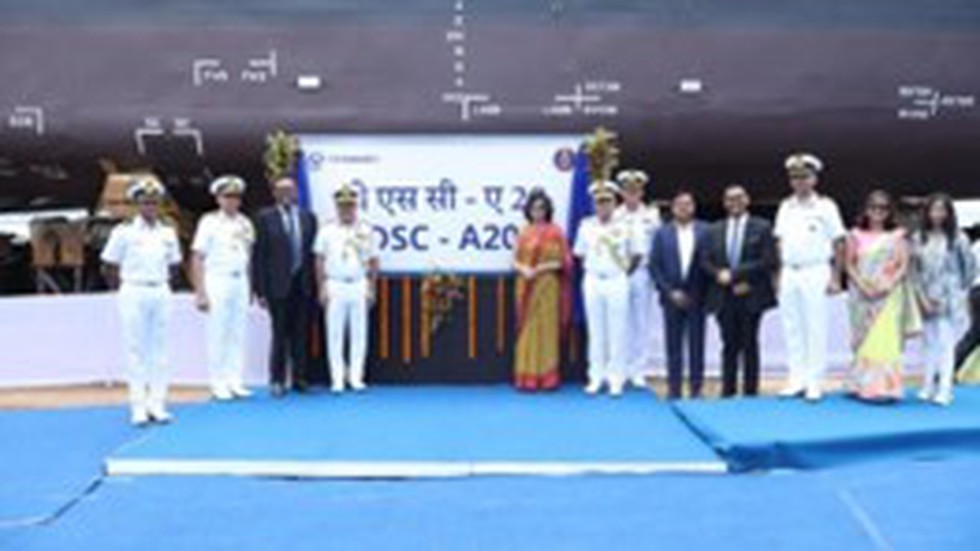
About Diving Support Craft (DSC) Project:
- DSC A 20’ is built by M/s Titagarh Rail Systems Ltd (TRSL).
- They are 30 m long catamaran hull ships, with a displacement of approx 300 tons.
- All five (05) DSCs are anticipated to be delivered to the Indian Navy in FY 2024-25.
- These crafts are being fitted with state-of-the-art diving equipment and tools for performing diving operations.
- These ships are designed to undertake operational/ training diving operations in harbours and coastal waters.
- These ships are indigenously designed and built under relevant Naval Rules and Regulations of the Indian Register of Shipping (IRS).
- The hydrodynamic analysis/ model testing of the ships during the design stage was undertaken at the Naval Science and Technological Laboratory (NSTL), Visakhapatnam.
The Significance of a Diving Support Vessel
- A diving support vessel, as the name suggests, is a ship that is used for the objective of diving into oceans.
- Divers who dive into the middle of the seas as a part of the professional diving process need proper diving support.
- The concept of a diving support vessel came into existence four to five decades ago.
- From that time onwards, these ships have been extremely important to the field of commercial diving and for military purposes, which forms a vital part of professional diving.
3. Kakapo (Owl Parrot)
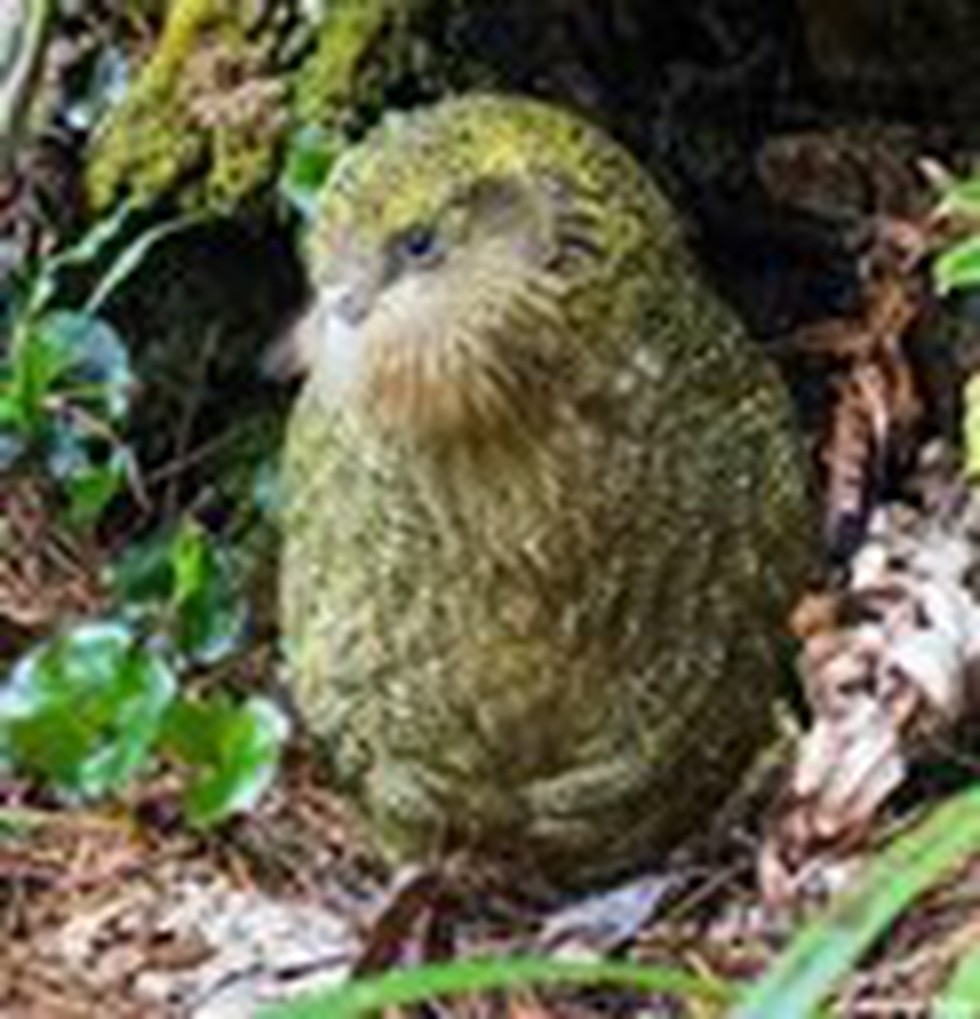
About Kakapo (owl parrot):
- It is a large, nocturnal, flightless, lek-breeding parrot.
- Appearance:
- It has a pale owl-like face.
- It consists of moss green mottled with yellow and black above and similar but more yellow below.
- The bill is grey, and the legs and feet grey with pale soles.
- These are remarkable and unusual birds found only in Aotearoa, New Zealand.
- They only breed every few years, triggered by the availability of certain forest foods such as the fruits of the native rimu tree.
- Threats:
- This bird suffers from diseases such as the fungal infection aspergillosis, and many of their eggs are infertile.
- Conservation status
- IUCN: Critically Endangered
What is lek-breeding?
- A lek is an aggregation of males that gather to engage in competitive displays that may entice visiting females who are surveying prospective partners for copulation.
4. The Global Fund
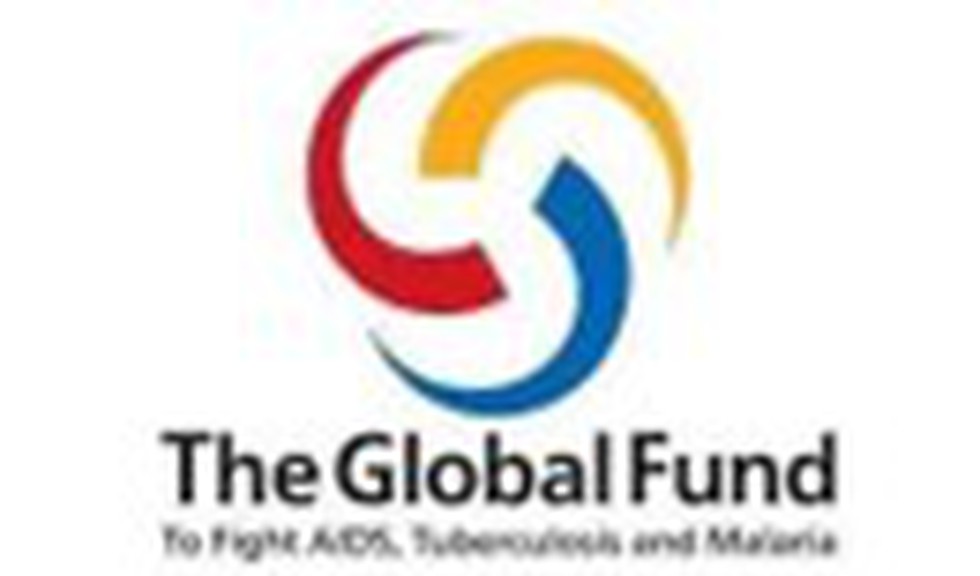
About Global Fund:
- The Global Fund is a worldwide movement to defeat HIV, TB and malaria and ensure a healthier, safer, more equitable future for all.
- It was set up in 2002.
- Partners of this initiative: Governments, civil society, health workers and the private sector.
- Funding:
- It raises funds on a three-year cycle, bringing longer-term predictability in the fight against AIDS, TB and malaria.
- The funding primarily comes from the public sector, with 92% of total funding coming from donor governments. The remaining funding comes from the private sector, foundations and innovative financing initiatives.
- India joined the Global Fund as a donor in 2006 and pledged US$25 million for the Global Fund’s Seventh Replenishment, covering 2023-2025.
Key facts about the recent agreement
- It would make it possible to provide the advanced pill known as TLD for under $45 per person per year.
- The three-in-one pill bands together the drugs tenofovir disoproxil fumarate, lamivudine and dolutegravir.
- The World Health Organization has recommended it as the preferred first-line HIV treatment for adults and adolescents since it rapidly suppresses the virus that causes AIDS.
What is HIV?
- Human immunodeficiency virus (HIV) is an infection that attacks the body’s immune system.
- Acquired immunodeficiency syndrome (AIDS) is the most advanced stage of the disease.
- HIV targets the body’s white blood cells, weakening the immune system.
- This makes it easier to get sick with diseases like tuberculosis, infections and some cancers.
- It is spread from the body fluids of an infected person, including blood, breast milk, semen and vaginal fluids.
- It can be treated and prevented with antiretroviral therapy (ART).
5. RAMBHA-LP Payload

About RAMBHA-LP Payload:
- The Radio Anatomy of Moon Bound Hypersensitive ionosphere and Atmosphere - Langmuir Probe, named after American chemist and physicist Irving Langmuir, who was awarded the Nobel Prize in Chemistry.
- It is a device used for characterising a plasma.
- The probe operates without interruption, aiming to explore the changes occurring in the near-surface plasma environment throughout the lunar day.
- The device features a 5 cm metallic spherical probe mounted on a 1-metre boom attached to the Chandrayaan-3 lander’s upper deck.
- It was led by Space Physics Laboratory (SPL), Vikram Sarabhai Space Centre (VSSC), Thiruvananthapuram.
- Key findings
- The initial assessment indicates that the plasma near the lunar surface is relatively sparse.
- It is characterised by a number density ranging from approximately 5 to 30 million electrons per cubic meter.
- This evaluation specifically pertains to the early stages of the lunar daytime.
6. Adopt a Heritage 2.0 Scheme
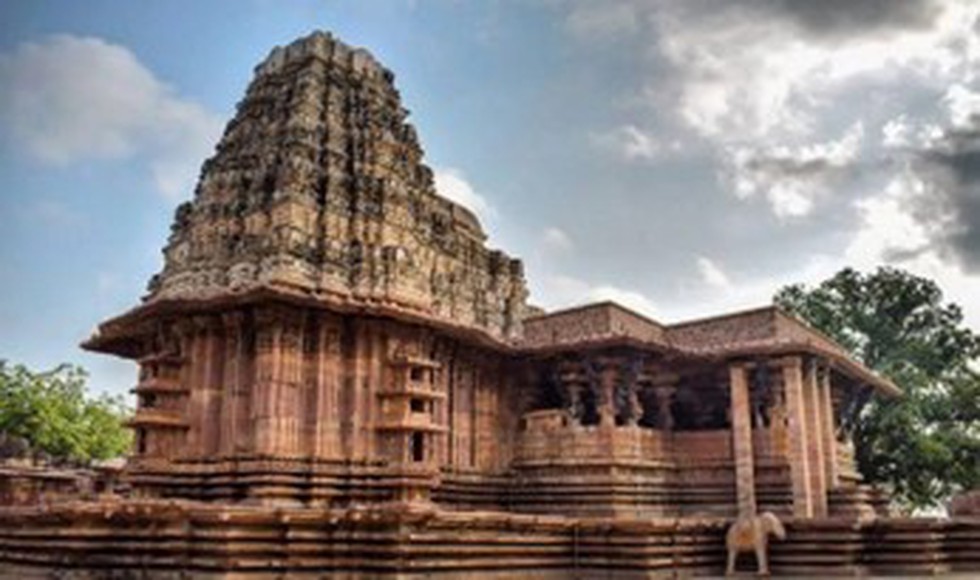
About Adopt a Heritage 2.0 Scheme:
- It seeks to invite corporate stakeholders to enhance amenities at monuments by utilising their CSR funds.
- It is a revamped version of the earlier scheme launched in 2017. It clearly defines the amenities sought for different monuments as per the Ancient Monuments and Archaeological Sites and Remains Act (AMASR Act) 1958.
- Interested stakeholders will be able to adopt a monument or specific amenities through a dedicated web portal at indian heritage.gov.in.
- The portal will provide them with comprehensive details about the monuments that are available for adoption, including gap analysis and estimated financial requirements.
- The process for selection will be carried out after due diligence and discussions with various stakeholders and assessing the economic and developmental opportunities at each monument.
- The selected stakeholders will develop, provide and or maintain amenities in hygiene, accessibility, safety and knowledge categories. In doing so, they will get an opportunity to be recognised as a responsible and heritage-friendly entity.
- The term of the appointment will be for a period of five years initially, which may be further extended up to five years.
- Indian Heritage App:
- It is a user-friendly mobile app which will showcase heritage monuments.
- The app will feature state-wise details of monuments along with photographs, a list of public amenities available, a geo-tagged location and a feedback mechanism for citizens.
- The launch will be in a phased manner, with ticketed monuments launched in Phase I, followed by the remaining monuments.
Key Facts about “Adopt a Heritage Scheme”:
- It is an initiative of the Ministry of Tourism in collaboration with the Ministry of Culture and the Archaeological Survey of India.
- It was launched in September 2017 on World Tourism Day.
- Under it, the government invites entities, including public sector companies, private sector firms, as well as individuals, to develop selected monuments and heritage and tourist sites across India.
- The project aims to encourage these entities to become ‘Monument Mitras’ and take up the responsibility of developing and upgrading the basic and advanced tourist amenities at these sites.
- The corporate sector is expected to use corporate social responsibility (CSR) funds for the upkeep of the site.
- The Monument Mitras, in turn, will get limited visibility on the site premises and on the Incredible India website.
7. Meningococcal Disease
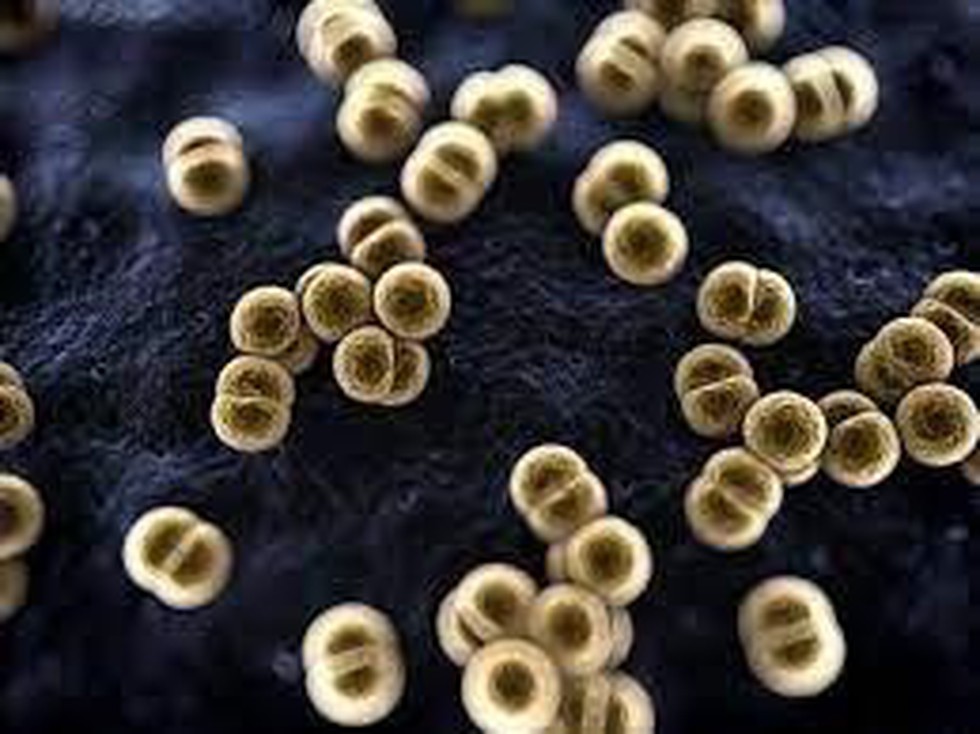
About Meningococcal Disease:
- It is a rare but serious bacterial infection.
- It causes the membranes that cover the brain and spinal cord to become inflamed.
- The two most common types of meningococcal infections are meningitis and septicemia. Both of these types of infections are very serious and can be deadly in a matter of hours.
- Causes:
- It is caused by a bacteria called Neisseria meningitides.
- About 1 in 10 people have these bacteria in the back of their nose and throat without being ill. This is called being a carrier.
- Sometimes, the bacteria invade the body and cause certain illnesses, which are known as meningococcal disease.
- Transmission:
- People spread meningococcal bacteria to other people by sharing respiratory and throat secretions (saliva or spit).
- Generally, it takes close or lengthy contact to spread these bacteria.
- They are not as contagious as germs that cause the common cold or the flu.
- Symptoms: The most common symptoms include
- Fever.
- Headache.
- Stiff neck. This symptom is one that’s often associated with meningococcal disease and meningitis.
- Bothered by bright light, which is called photophobia.
- Nausea, vomiting and/or diarrhoea.
- A rash made up of pinpoints that look dark, in shades of red and purple, or a bigger area that looks like a bruise.
- Treatment: It is treated with antibiotics. Other treatments may be needed, including:
- Help with breathing, such as oxygen therapy.
- Drugs to treat low blood pressure.
- Ways to treat damaged or dead skin, including surgeries.
What is the difference between meningococcal disease and meningitis?
- Meningitis is an inflammation (swelling) of the protective membranes covering the brain and spinal cord. These membranes are called meninges.
- Meningitis can happen in meningococcal disease, but not all cases of meningitis are caused by the germ that causes meningococcal disease.
8. National Council of Educational Research and Training (NCERT)
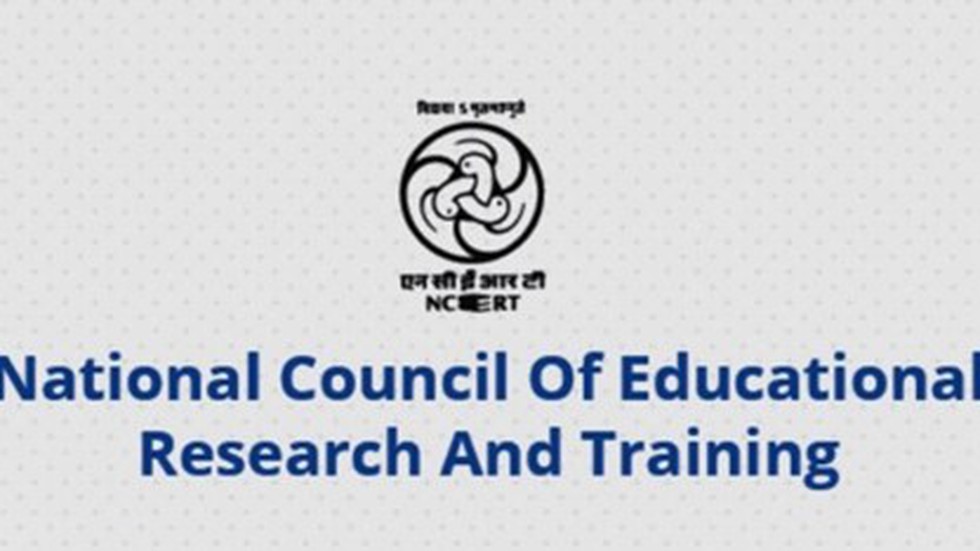
About the National Council of Educational Research and Training (NCERT):
- It is an autonomous organisation set up in 1961 by the Government of India to assist and advise the Central and State Governments on policies and programmes for qualitative improvement in school education.
- The major objectives of NCERT and its constituent units are to:
- Undertake, aid, promote and coordinate research in areas related to school education;
- Prepare and publish model textbooks, supplementary material, newsletters, journals and other related literature;
- Organise pre-service and in-service training of teachers;
- Develop and disseminate innovative educational techniques and practices;
- Collaborate and network with state educational departments, universities, NGOs and other educational institutions;
- Act as a clearing house for ideas and information in matters related to school education;
- Act as a nodal agency for achieving the goals of universalisation of elementary education.
- NCERT is an implementation agency for bilateral cultural exchange programmes with other countries in the field of school education.
- The NCERT also interacts and works in collaboration with international organisations, visiting foreign delegations and offering various training facilities to educational personnel from developing countries.
- As per the National Education Policy 2020, NCERT is the nodal agency to develop National Curriculum Frameworks (NCFs) for (a) Early Childhood Care and Education (ECCE), (b) School Education, and (c) Adult Education.
- The council headquarters is located at Sri Aurobindo Marg, New Delhi.
- Organisational Structure:
- The Union Minister of Education is the President (ex-officio) of the General Body of NCERT.
- The members of the General Body include Education Ministers of all States and Union Territories.
- The Secretary of NCERT is the Convenor of the General Body of the NCERT.
- The Executive Committee is the main governing body of NCERT. The Union Minister of Education is its President (ex-officio), and the Union Minister of State in the Ministry of Education is the ex-officio Vice-President.
- The Executive Committee is assisted in its work by the various Standing Committees/Boards.
- The functions of the Council are looked after by the Director, Joint Director and Secretary.
9. Strategic Disinvestment

About Strategic Disinvestment:
- Strategic disinvestment would imply the sale of a substantial portion of the Government shareholding of a central public sector enterprise (CPSE) of upto 50%, or such higher percentage as the competent authority may determine, along with transfer of management control.
- It involves the transfer of ownership and control of a public sector entity to some other entity, either private or public.
- What is the difference between strategic disinvestment/sale and disinvestment?
- Selling minority shares of Public Enterprises to another entity, be it public or private, is disinvestment. In this, the government retains ownership of the enterprise.
- On the other hand, when the government sells majority shares in an enterprise, that is strategic disinvestment/sale. Here, the government gives up the ownership of the entity as well.
- Objectives:
- Reduce Government Ownership;
- Raise Capital;
- Improve Efficiency;
- Promote Competition;
- Attract Private Investment;
- Focus on Core Functions;
- Reduce Fiscal Burden;
10. Financial Action Task Force
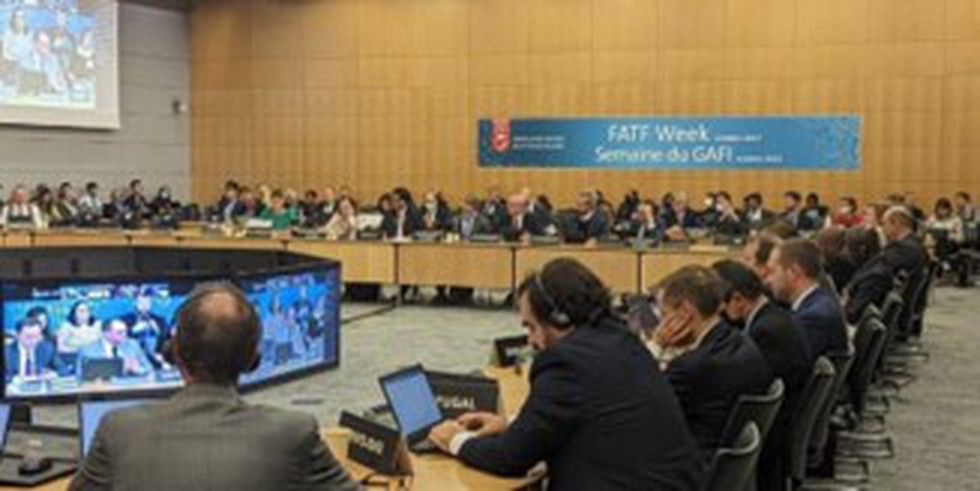
About the Financial Action Task Force (FATF):
- FATF is an inter-governmental policy-making and standard-setting body dedicated to combating money laundering and terrorist financing.
- Objective: To establish international standards and to develop and promote policies, both at national and international levels, to combat money laundering and the financing of terrorism.
- It makes recommendations for combating financial crime, reviews members' policies and procedures, and seeks to increase acceptance of anti-money laundering regulations across the globe.
- Formation:
- It was established in 1989 during the G7 Summit in Paris to develop policies against money laundering.
- In 2001, its mandate expanded to include terrorism financing.
- Headquarters: Paris, France.
- Membership:
- FATF members include 39 countries, including the United States, India, China, Saudi Arabia, Britain, Germany, France, and the EU as such.
- India became a member of FATF in 2010.
- FATF, as part of its efforts, maintains two types of lists - the greylist and the blacklist.
- Black List:
- Countries known as Non-Cooperative Countries or Territories (NCCTs) are put on the blacklist.
- These countries support terror funding and money laundering activities.
- The FATF revises the blacklist regularly, adding or deleting entries.
- Grey List:
- Countries that are considered a safe haven for supporting terror funding and money laundering are put on the FATF grey list.
- This inclusion serves as a warning to the country that it may enter the blacklist.
- Three countries, North Korea, Iran, and Myanmar, are currently on FATF’s blacklist.
- Consequences of being on the FATF blacklist:
- No financial aid is given to them by the International Monetary Fund (IMF), the World Bank, the Asian Development Bank (ADB) and the European Union (EU).
- They also face a number of international economic and financial restrictions and sanctions.




.jpg)
























































































































































.png)
.png)
.png)
.png)
.png)


.png)
.png)
.png)





.png)
.png)






.png)
.png)
.png)
.png)
.png)
.png)
.png)
.png)
.png)

.png)







.png)
.png)


.png)
.png)
.png)


.png)

.png)
.png)





.jpg)

.png)
.png)


.png)

.png)
.png)
.png)

.jpg)

.png)

.png)
.png)
.png)
.png)
.png)
.png)
.png)
.png)
.png)
.png)




.png)

.png)





.png)
.png)
.png)
.png)
.png)
.png)
.png)
.png)
.png)
.png)
.jpg)
.jpg)

.png)
.png)
.png)
.png)
.png)
.png)
.png)
.png)
.png)
.png)
.png)
.png)
.png)
.png)
.png)
.png)
.png)
.png)
.png)
.png)
.png)
.png)



.png)
.png)

.jpg)
.jpg)


.jpg)
.jpg)
.jpg)
.jpg)
.jpg)

.jpg)








.jpg)
.jpg)
.jpg)
.jpg)
.jpg)

















.jpg)
.jpg)







.jpg)


















.jpg)
.jpg)






























































































.jpg)
.jpg)


























.jpg)

.jpg)










.jpg)








.jpg)




.jpg)










.jpg)


















.jpg)












































.jpg)














.jpg)
.jpg)
.jpg)





.jpg)

.jpg)
.jpg)





































































.jpg)


































.jpg)
.jpg)
















































.jpg)












.jpg)


.jpg)




.jpg)
.jpg)
.jpg)

.jpg)
.jpg)
.jpg)
.jpg)

.jpg)
.jpg)
.jpg)

.jpg)
.jpg)
.jpg)
.jpg)
.jpg)
.jpg)
.jpg)
.jpg)

.jpg)


.jpg)
.jpg)
.jpg)
.jpg)
.jpg)
.jpg)
.jpg)
.jpg)
.jpg)
.jpg)











.jpg)
.jpg)





.jpg)
.jpg)
.jpg)
























.jpg)
























.jpg)









.jpg)
.jpg)







.jpg)
.jpg)









































.jpg)
.jpg)
.jpg)
.jpg)
.jpg)

.jpg)
.jpg)
.jpg)
.jpg)
.jpg)


.jpg)
.jpg)
.jpg)
.jpg)
.jpg)

.jpg)
.jpg)
.jpg)
.jpg)
.jpg)
.jpg)
.jpg)
.jpg)
.jpg)
.jpg)
.png)

.png)
.png)

.png)
.png)
.png)
.png)


.jpg)
.jpg)

.jpg)
.jpg)
.jpg)

.png)
.png)
.png)
.png)
.png)
.png)
.png)

.png)
.png)
.png)
.png)
.png)
.png)
.png)
.png)
.png)
.png)





































































-min.png)



.png)




.png)








































